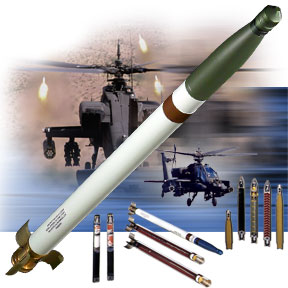The highly-technical, precisely-calculated answer is ...... uhhh, it depends. :confused2:
The effects on the flight can range from negligible (if the fin root angle is slightly off) to moderate (a slight wobble or slow spin) to major (if, for instance, you have two opposing fins on a 4-fin rocket both canted in the same direction so they effectively act as flaps/elevators). :y:
Bottom line is it's better to get the fins on razor-straight and perfectly aligned and distributed. But we all knew that already.

Old rocketeer's trick: if a fin angle is just
slightly off, hold it an inch or so away from a high-wattage incandescent light bulb (no, a CFC curly bulb will NOT work; an infrared bulb if you have one is best) for a minute or so (expose both sides to the warming light), that can soften up the glue and maybe allow you to straighten it out. However that method usually works less well in proportion to the quality of glue used in the first place. And usually, it only softens the glue to the extent you can slightly straighten out a crooked mounting angle, not move the fin's actual location on the body tube.
Old-fashioned drop lights, if you are still using old-style 100W light-bulbs, can get pretty hot. That's not good for a lot of other reasons but it is good for this particular trick. A hair dryer (on high setting) can also work.
Using double-glue joints helps in getting fins on straight: if each piece already has a thin surface coating of dried glue, the glue joint usually "grabs" fairly quickly, allowing you a brief time for minor adjustments before it sets firmly in place. (Not as fast as CA but still pretty fast.)
Single-glue joints usually take much longer to "grab," necessitating you hold it in place with your quivery shaky hands (in my experience the usual reason for slightly screwy fin placement). With double-glue joints, they usually grab hold and then you can quit messin' with 'em.






